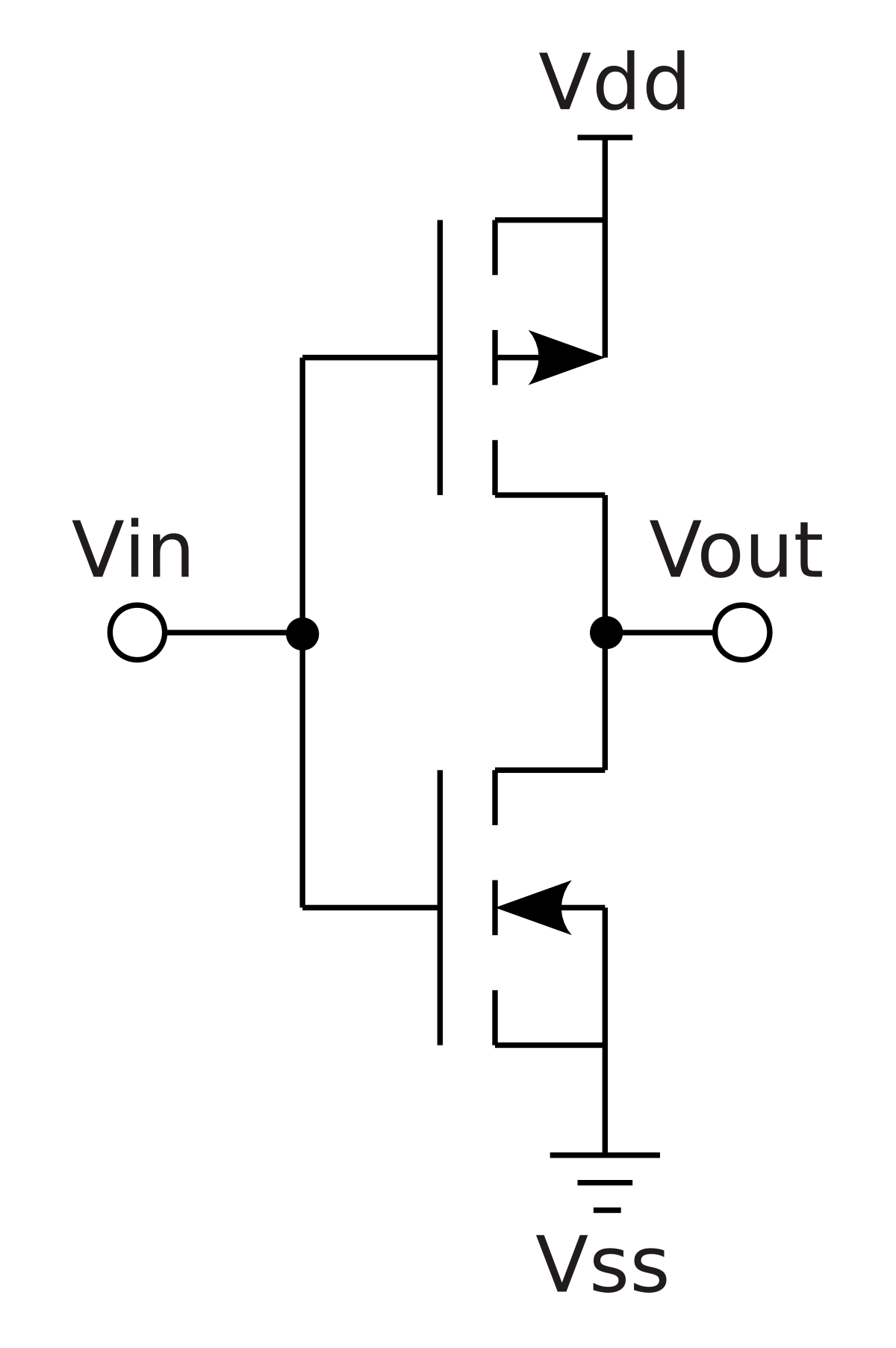One of the most popular MOSFET technologies available today is the Complementary MOS or CMOS technology. This is the dominant semiconductor technology for microprocessors, microcontroller chips, memories like RAM, ROM, EEPROM and application-specific integrated circuits (ASICs). Complementary (N- and P-Channel) MOSFET FEATURES. TrenchFET® power MOSFET. 100% Rg and UIS tested. Material categorization. Getting this crystal is easy today, getting it to oscillate properly is a totally different thing. Making it work with a discrete complementary MOSFET driver is yet another story. Half a century ago, our predecessors would use a pair of NPN to run a watch out of a 8192Hz crystal and a small coin battery.
- Complementary Mosfet Inverter
- Complementary Mosfet Half-bridge (n- And P-channel)
- Complementary Mosfet Circuit
Complementary Mosfet Inverter
Why OH why are there so many N channel mosfet's ???
As the Title suggest..
I'm looking to build a high power H-Bridge ..coupled to Arduino ...controlled by 2.4GHz RC.

My question(s)is / are
Where can I find a source for complementary Mosfet's ,in the order of 300w ?Or will it take old fashioned Leg work..?What parameters should I take into consideration?
Also I'm having trouble grasping in plain English a dual mosfet driver that has an inverting output..
Complementary Mosfet Half-bridge (n- And P-channel)
Does that mean , as an example ..the non-inverting side handles the - flowinverting side handles +flow?
Which would reduce the need to invert a PWM ,or voltage signal to the driver IC.
I'm getting the idea that I can use TTL on the Driver to load up the power mosfet's if the mosfet has a VGS of 10v ..and these should be ratiometric & symmetrical in resolution ?
Complementary Mosfet Circuit
Mosfets can be so much more than a basic transistor.
